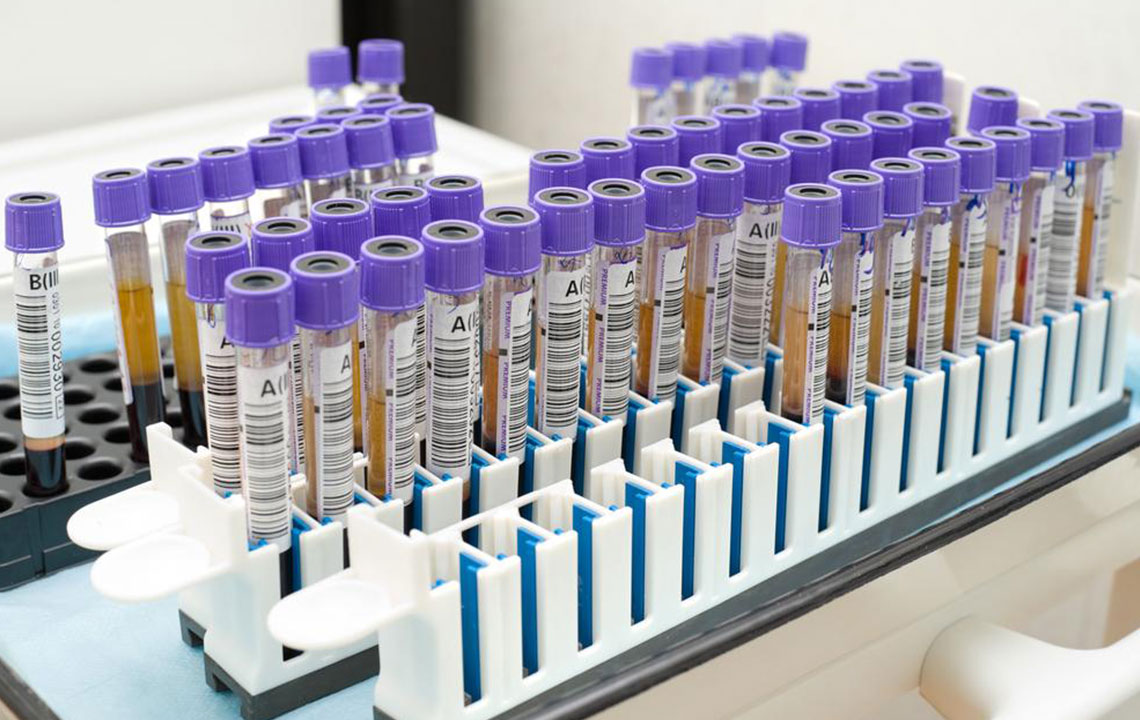Everything you should know about the ELISA test and kit

Enzyme-linked Immunosorbent Assay (ELISA) is a technique or a diagnostic test that uses the various components of the internal system to detect the immune responses of the body. It includes an enzyme along with an antibody or antigen. The test is widely used to diagnose infections including food allergies and HIV. It is also known by the name of Immunosorbent Assay.
Most patients are unaware of the ELISA test when they are asked to get it done by their doctor. Here is the basic information needed to be known about the same.
What does an ELISA kit comprise of?
An ELISA kit comprises of pre-coated polystyrene plates, chemicals for the test and antibodies for detection. However, specially made ELISA kits having substances can also be purchased by those needing it for medicinal purposes.
What is ELISA test used for?
ELISA test is used majorly for detecting protein in the cell, tissue, organ or body fluid. However, the substances detected using ELISA test includes viral antigens, hormones, and antibodies that the body makes as a response to infection or any type of vaccination. There are different types of ELISA tests done depending upon the requirement of the patient.
What are the different types of ELISA tests?
There are four types of ELISA tests and they are as follows:
Indirect ELISA test
The Indirect ELISA test consists of an addition of the antigen to the polystyrene plate. This is then trailed by a primary antibody which is followed by an enzyme-labeled antibody. This antibody can easily react to both primary antibody as well as the substrate.
Direct ELISA test
This consists of an attachment of the antigen to the polystyrene plate which is followed by an enzyme-labeled antibody which reacts to the antigen. It also allows the person to measure the substrate.
Sandwich ELISA test
In the Sandwich ELISA test, the antigen of interest is quantified between two layers of antibodies: the capture and the detection antibody. The second antibody is then trailed by an enzyme-labeled antibody that can then react with a substrate.
Competitive ELISA test
Similar to the Sandwich ELISA test, this includes additional competing antibodies when another antibody is added. This leads to a decrease in the generated substrate signal. This test proves the best option for specific results.
Who performs the ELISA test?
ELISA test is performed by trained technicians in the laboratory with specially made kits. This is used to measure the interaction level of the antigen with antibodies.
How does an ELISA test work?
The most widely used ELISA test comprises of an antibody attached to a solid surface, which is a polystyrene plate. It has a penchant for the substance of interest including hormones, antibody or bacteria. A typical example can be a human chorionic gonadotropin hormone, a common protein that is indicative of pregnancy.
A mixture of pure HCG is linked to an enzyme and the blood or urine sample. If there’s no HCG present in the test sample, then the enzymes stick to the solid surface. The higher the amount of the substance present in the sample, lower will be the amount enzyme bound to the surface. If the presence of the substance is higher, it will lead to a reaction and show on the test plate in the form of a change of color of the solution.
What is the advantage offered by ELISA test?
ELISA tests show accurate results and are very specific. These can be compared positively with other tests that are used to detect the presence of any substance in the human body. This testing method is easier to perform as compared to the traditional laboratory tests that often require the usage of radioactive materials.
How long does it take for the results of the ELISA test to come? What do the results mean?
Depending upon the purpose for which the test is conducted, ELISA tests can deliver results as quickly as 24 hours. However, some tests might take up a week to show the results.
The test results that are reported depends on the condition for which you’re being tested. For example, an ELISA test done for viral RNA can come out to be either positive, negative or false positive or false positive.
A false-positive result indicates you have a condition when you actually don’t while a false-negative result will indicate that you don’t have a condition when you actually do. Due to this, you may be asked to go through the ELISA test again, or else your doctor may order for some other tests to confirm or refute the results.
Are there any special precautions to be taken before the ELISA test?
There are no special preparations to be done for an ELISA test as it is conducted inside a lab. However, there might be a little discomfort in case of blood sample collection.


